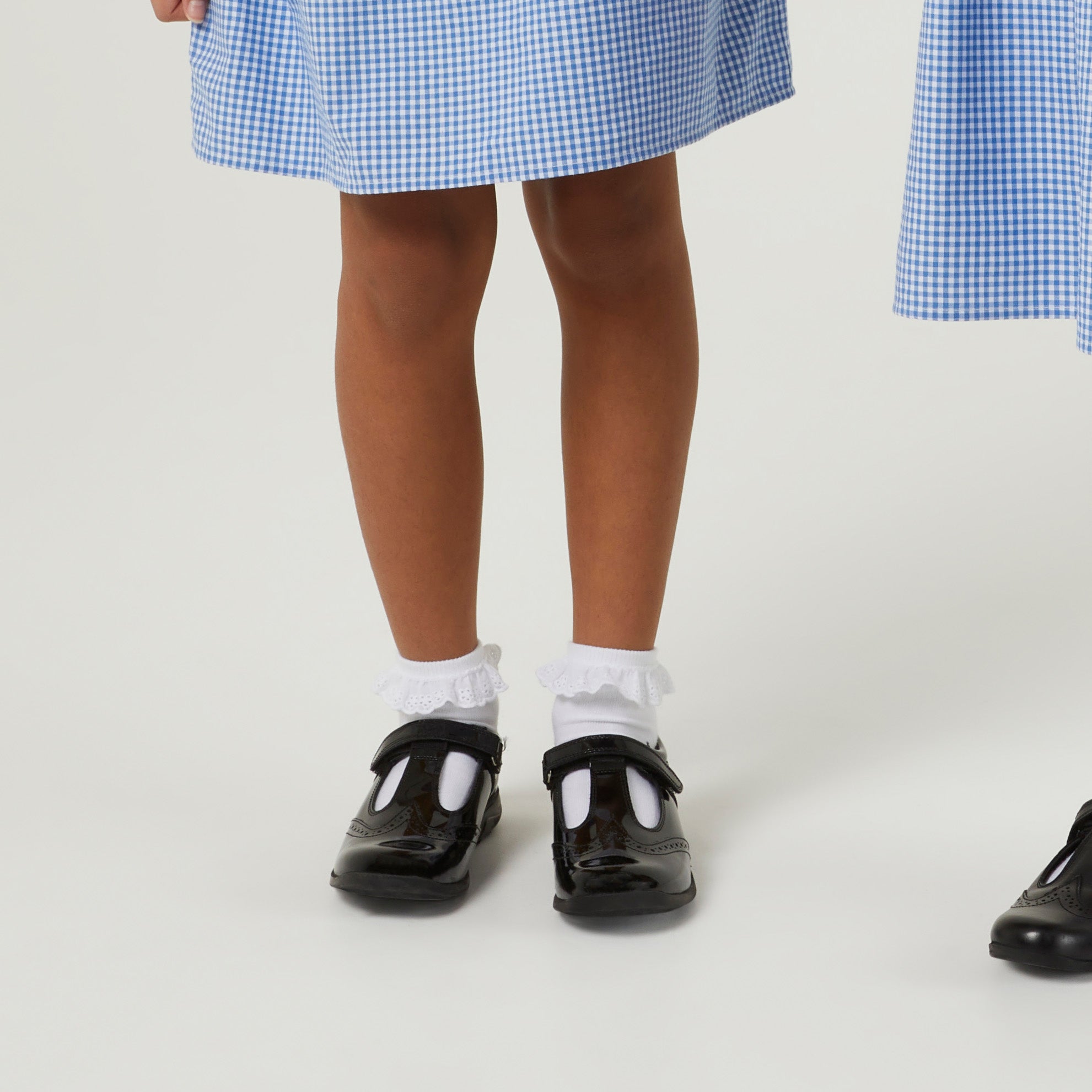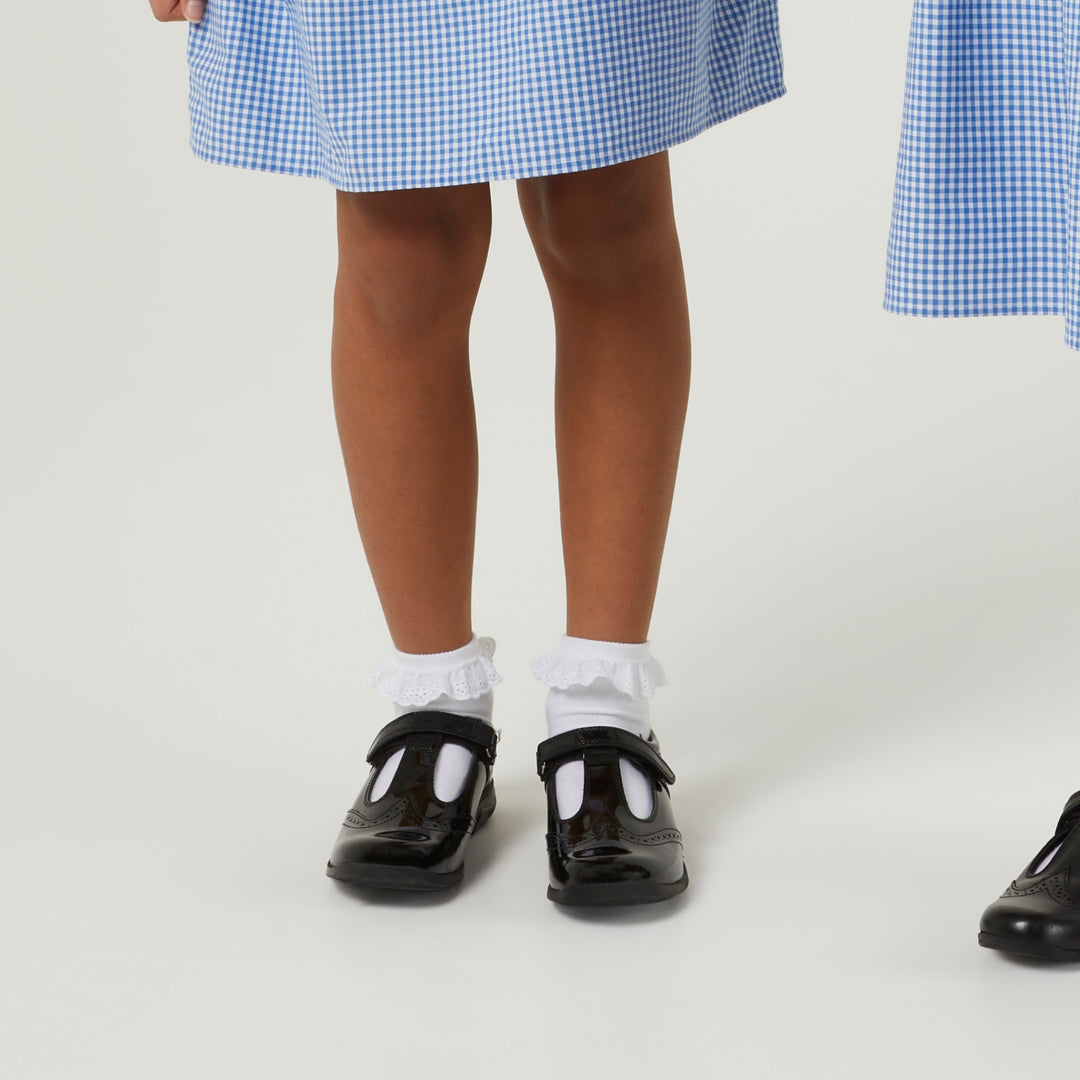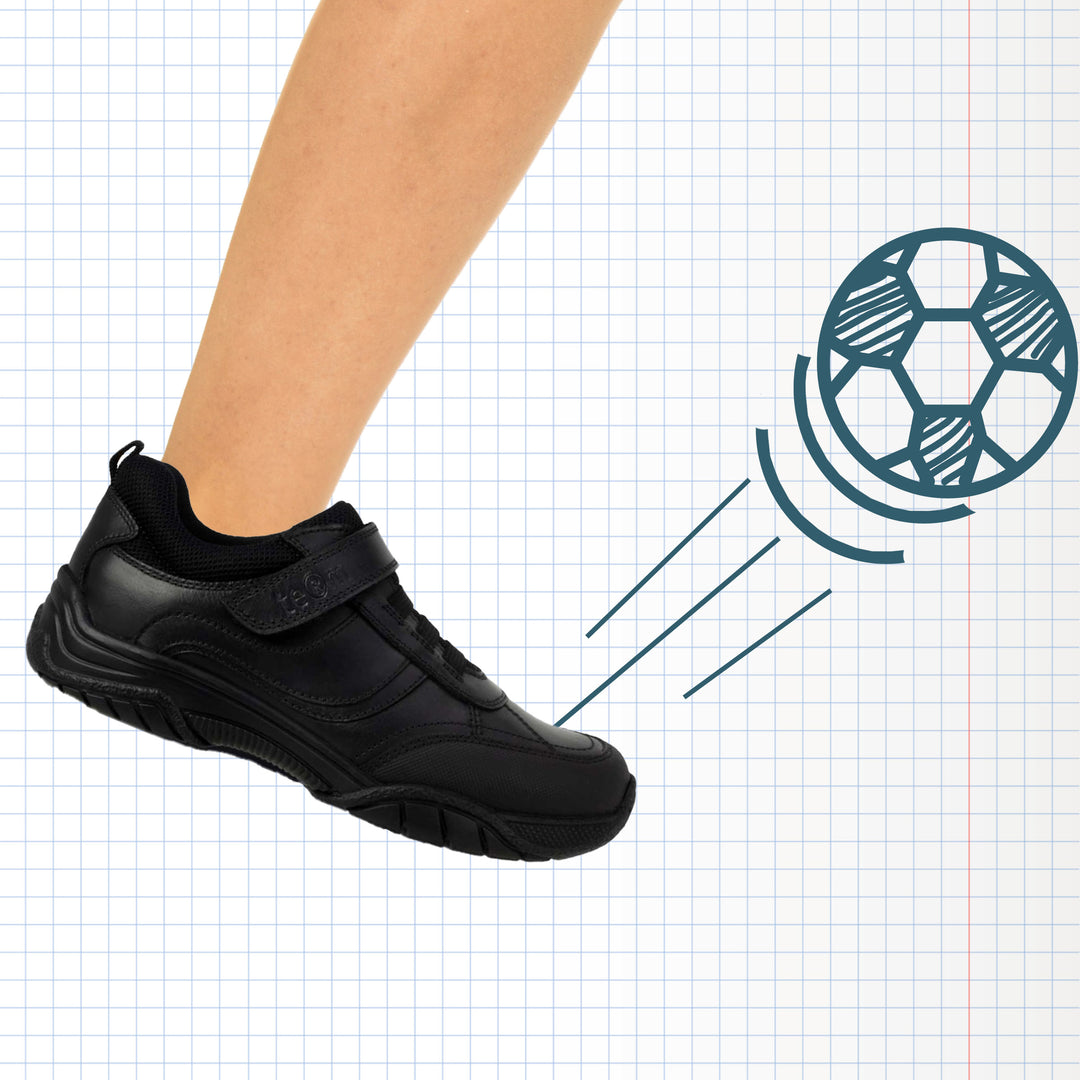In the world of shoes and not just school shoes, leather has always held a prominent position, owing to its durability, versatility, and timeless appeal. However, not all leather is the same. This article will delve into the significant differences between two popular types of leather: patent leather and genuine leather. We will explore their history, manufacturing process, key characteristics, and care instructions, among other aspects.
Genuine Leather: An Introductory Note
Genuine leather, as the name suggests, is authentic, unadulterated leather procured from animal hides. The most commonly used hides in the leather industry are from bovine animals, but leather can also be derived from goats, sheep, and even exotic animals such as crocodiles and snakes.
Historical Context of Genuine Leather
Leather has a rich history, dating back to prehistoric times when early humans used animal skins for clothing and shelter. With the advent of agriculture and animal husbandry, the use of leather became more widespread, evolving into an essential material for various products, including footwear, clothing, and accessories.
Manufacturing Process of Genuine Leather
The process of transforming raw hides into genuine leather involves several steps:
- Preparation: The hide is cleaned (we'll leave it there!)
- Tanning: The hide is treated with tanning agents to prevent decay and make it more durable. There are two primary types of tanning: vegetable tanning (using plant extracts) and chemical tanning (using chromium salts).
- Dyeing and Finishing: The leather is dyed to achieve the desired colour and then polished or embossed for the final look.
Caring for Genuine Leather
Genuine leather requires regular care to maintain its quality over time. Here are some tips:
- Clean your leather products regularly with a soft cloth or brush to remove dirt and dust.
- Avoid exposing leather to moisture or humid conditions. If your leather product gets wet, let it air dry away from heat sources.
- Use shoe polish or a leather conditioner to moisturize and keep the leather supple.
- Store your leather products in a cool, dry place to protect them from dust and sunlight.
Patent Leather: A Glossy Affair
Patent leather, on the other hand, is a type of coated leather known for its glossy, polished finish. Despite being derived from genuine leather, patent leather has a distinct aesthetic and feel due to its unique manufacturing process.
Origins of Patent Leather
The term 'patent leather' originated from the patent that was granted for the process of creating it. First references to patent leather date back to the late 18th century in England, where it was patented for its high gloss, water-resistant finish.
Production of Patent Leather
Patent leather is made by applying a shiny coating to genuine leather. The traditional method involved applying several layers of linseed oil-based coats to the leather, but modern techniques typically use polyurethane or acrylic coatings. The coated leather is then stretched and dried to create a shiny, water-resistant finish.
Care of Patent Leather
Despite its glossy appearance, patent leather is relatively easy to maintain. Here are some care tips:
- Regularly wipe down patent leather with a soft, damp cloth to remove dust or dirt.
- Use a specialized patent leather cleaner for removing scuffs or marks.
- Store patent leather items in a cool, dry place to prevent damage from sunlight and heat.
Comparing Genuine Leather and Patent Leather
While both genuine and patent leather originate from animal hides, their characteristics vary significantly due to their distinct manufacturing processes.
Advantages and Disadvantages of Genuine Leather
Advantages:
- Natural look and feel
- Highly durable and long-lasting with proper care
- Breathable, absorbs moisture
Disadvantages:
- More expensive than faux or patent leather
- Requires regular care and maintenance
- Can wear out or become damaged if not cared for properly
Advantages and Disadvantages of Patent Leather
Advantages:
- Glossy, high-end appearance
- Often less expensive than genuine leather
- Low maintenance and easy to clean
Disadvantages:
- Can feel stiff and less breathable
- May crack or wear out over time
- May not offer the same quality or durability as genuine leather
Making the Right Choice: Genuine Leather or Patent Leather?
The choice between genuine leather and patent leather largely depends on personal preference and the intended use of the product. If you're looking for a high-quality, durable material and are willing to spend time on maintenance, genuine leather may be the best choice. However, if you want a stylish, low-maintenance, and more affordable option, patent leather could be your pick.
In Summary
Both genuine leather and patent leather have their unique appeal and advantages. Genuine leather boasts a natural look, durability, and breathability, while patent leather stands out with its glossy finish, affordability, and easy maintenance. The choice between the two depends on individual preference and the specific requirements of the product. However, irrespective of the choice, proper care is essential to ensure the longevity and maintain the aesthetic appeal of your leather product.






